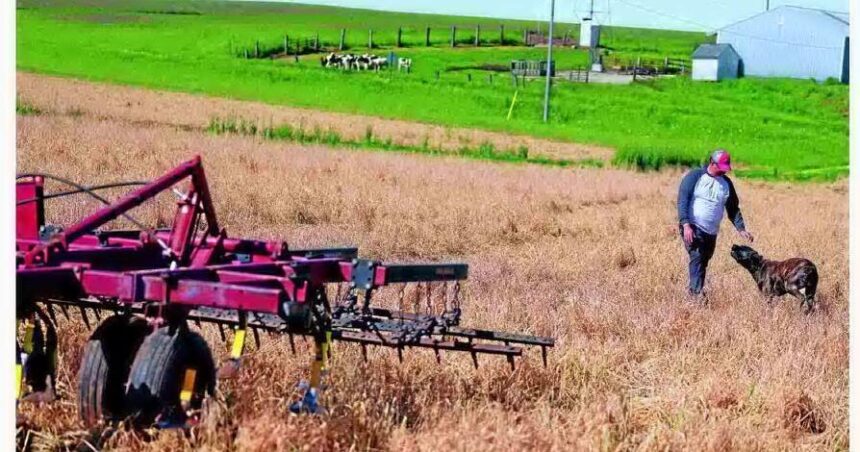Food companies can transition to renewable energy at their factories, but their overall greenhouse gas emissions will not significantly decrease without support from the farmers supplying them.
With farm operations and supply chains contributing over 80% of the climate impacts from companies like General Mills or Hormel Foods, businesses are seeking carbon-capture programs.
Truterra, based in Minnesota, initiated a carbon-capture program three years ago to assist customers in meeting ambitious climate goals by 2030 and has attracted interest from food producers.
“We facilitate communication between the downstream company’s requirements and the farmers we collaborate with,” stated Truterra president Jamie Leifker.
Truterra, a division of Land O’Lakes in Arden Hills, Minnesota, has compensated farmers $21 million for storing over a million metric tons of carbon in the ground. While this is a minor step towards reducing or offsetting the 670 million tons of greenhouse gas emissions from U.S. agriculture annually, the company believes it demonstrates the possibility of widespread change — which can also be profitable for farmers.
“Last year, we doubled the number of participating growers. We are exceeding our expectations,” Leifker mentioned. “Our focus is now on collaborating with food companies to a greater extent.”
Customers like Campbell’s, Bel Brands, and Purina pet food pay for data and carbon credits, which are then used to compensate farmers for conservation practices, reducing the risk associated with changes in their farming methods.
“Similar to many sustainability initiatives, this began with a risk assessment discussion,” said Laura Kowalski, sustainability head at ingredient company Primient. “For us, it involves establishing a resilient corn supply chain.”
Primient initiated collaboration with Land O’Lakes on sustainability matters in 2018 as more of its customers were interested in reducing greenhouse gas emissions from production.
Truterra offers up to $30 per ton of sequestered carbon and a minimum of $2 per acre to farmers who implement various conservation and regenerative practices on their land. The average payouts of $20,000 per farmer in the first year of the program have added up swiftly.
Farmer Jason Lohmann from Zumbrota has 340 acres enrolled in the Truterra program, which he joined two years ago. In exchange for upfront payments, Lohmann and other participating farmers across 1.8 million acres share data to support sustainability claims.




